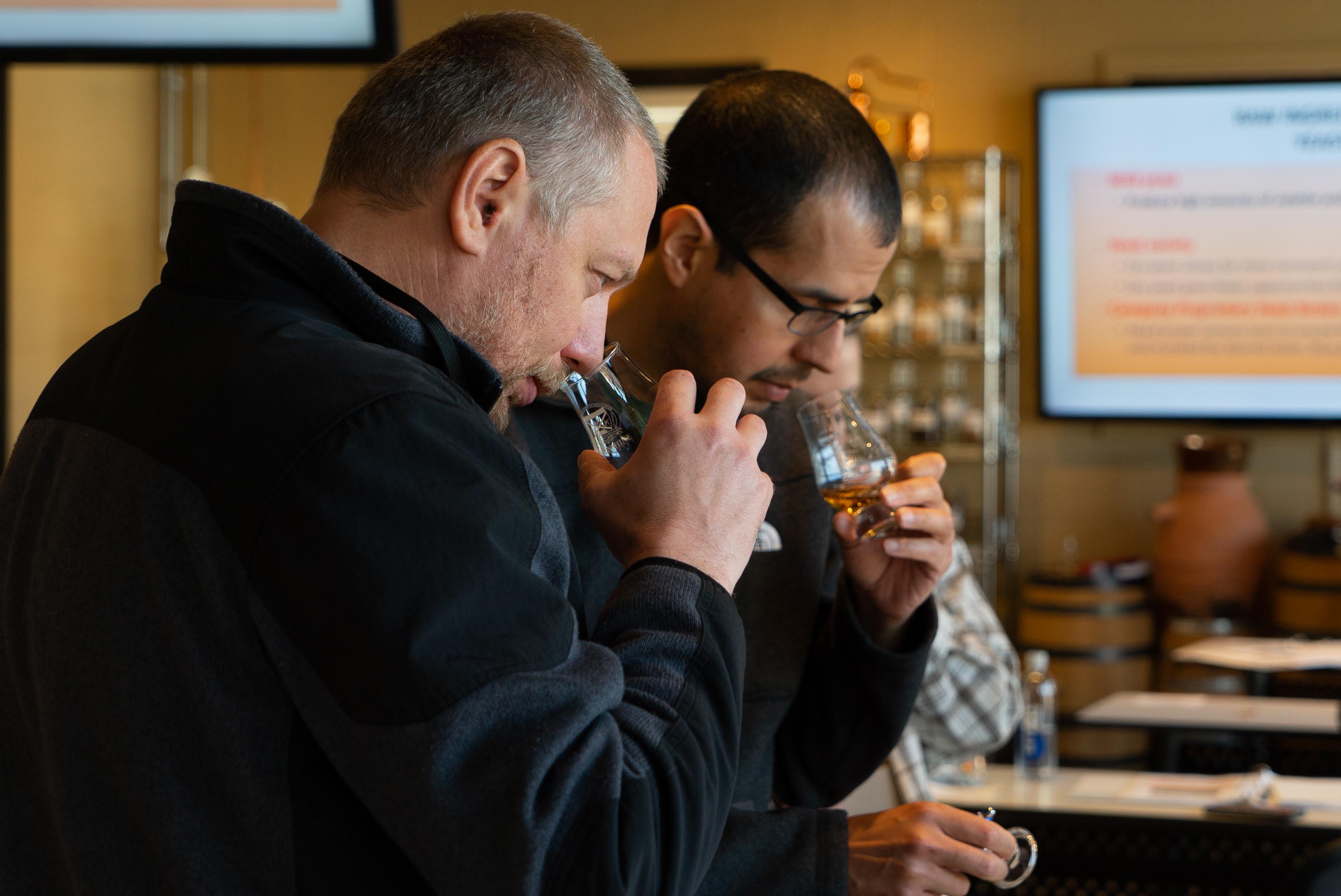
The Art of Non-Alcoholic Spirits
blog
For decades, spirits and cocktails have fostered a culture of craft, connection, and celebration. But over time, cocktail culture has evolved far beyond the buzz!

Written by Scott Rosenbaum, Ah So Insights. Originally published here.
What can wine and spirits brands learn from literature? Well, here's a hint-this one's brought to you by the letter, P.
There exists a certain thread of literary analysis that strives to summarize storytelling. From Joseph Campbell's The Hero with a Thousand Faces to Christopher Booker's The Seven Basic Plots: Why We Tell Stories, a number of critics, academics, and philosophers have recognized that the narratives we share is built around similar basic structures. Despite their details, stories usually fit into broad archetypes: the epic quest, the rags-to-riches tale, the yarn about overcoming a monster, and so on.
The same is true for selling wine and spirits. The particulars might differ, but the motivation for why a customer buys something usually boils down to a few fundamental reasons.1
Here they are laid bare for discussion and debate:
These are what I call the seven P's of selling wine and spirits.2 Just as the models of literature effectively describe the types of narratives humans find compelling, these seven P's offer succinct descriptions of buyer motives.
The first three-price, palate, and packaging-are fairly self-evident and serve as the usual justification for why a buyer will or won't pick up a product. The remaining four P's require a little further explanation as they often serve as subtext for decision-making:
The plot is the story behind the bottle. It should include the usual "who, what, where, when, why and how": Who was the distiller? What's the grape variety? Where is the appellation? When was it disgorged? Why were the grapes harvested earlier than usual? How was whiskey distilled?
Of course, such fact-driven reductionism robs a wine or spirit of its romance. The elements of a horror story aren't what make it scary; it's how those details are woven together that fuel its terror.3 This is why stories are more powerful than statistics.
The principles of a wine or spirit are related to its plot. These are the values of the product. They can be political beliefs, aspiration ideals, ethical tenets, and so much more. They are both implicitly and explicitly communicated through the other P's. A high price can act as an aspirational signal to the conspicuous customer. A plot about a family-owned, biodynamic winery is a trigger for those who lean anti-corporate and green.
Anyone selling wine or spirits must be able to read between the lines and understand what principles reside with any given bottle in their portfolio.
This is everything outside of the product itself that the customer gets in return for the purchase. It could be better pricing on quantity or future access to allocated products. This could be a window display, some swag, or menu printings. The name of the game is quid-pro-quo and it happens all the time.
Sometimes it's on the up-and-up and blessed are those who can leverage such advantages appropriately and tactfully. If you are fortunate in this respect, congratulations-but if you are not quite as lucky, you'll need to rely a little more on the other P's.
This is all about the relationship the salesperson has with the customer. Do they like working with you? Are they constantly putting you off? In a world where most products have a competitive equal with regard to price and palate, this can be the deciding factor.
Remember, when someone told you life wasn't like high school? That it wasn't going to be a popularity contest? Well, pray that person didn't go into sales. People prefer to buy from those they like.
Good stories are captivating because they touch on common narrative frameworks that resonate with the masses. Selling wine and spirits effectively is comparably reliant on a few universal elements. These parts are not isolated-after all, the seven P's work best when they're conjoined like an unruly Venn diagram. Like cyclists on a peloton who save energy by drafting, the seven P's have the potential to work in tandem to become ever more powerful.
The more P's you have in your favor, the greater your probability of persuading.
If you want to stay updated on the latest industry newsletter on wine and spirits sales, branding, and more, subscribe to Ah So Insights.
Interested in advancing your knowledge of distilling and the spirits industry? Check out Moonshine University's upcoming courses to learn from the best in the business.
Written by Scott Rosenbaum, Ah So Insights. Originally published here.
______________________________________
*1 - Note that a customer is not the same as a consumer. A customer is anyone who buys along the way from production to consumption. This includes importers, distributors, restaurants, bars, retailers, and ultimately, consumers. Analogous to the relationship between squares and rectangles, all consumers are customers, but not all customers are consumers.
*2 - These are not to be confused with 4 P's of Marketing, which are price, product, place, and promotion. These 4 P's are a workable model if you're sitting in a classroom working on your MBA or pitching an idea on Madison Avenue; however, they don't contour to the features of the wine and spirits industry and they ignore the context of the buyer/seller relationship.
*3 - I could boil W.W. Jacobs' perfect short story "The Monkey's Paw" down to its essential elements-magical monkey paw, wish, deadly accident, wish, knock on the door-but it doesn't have the same effect as the full, fleshed-out, chilling story.
Related Content
5 Tips For Building Better Wine & Spirits Brands
Embracing The Blended Experience
Scent Memories Vs. The Communal Lexicon: Bringing Objectivity Into Sensory

blog
For decades, spirits and cocktails have fostered a culture of craft, connection, and celebration. But over time, cocktail culture has evolved far beyond the buzz!

blog
Those that are familiar with the process of crafting distilled spirits may also be familiar with the 10 common congeners that are created during fermentation, and honed during the distillation run. Each congener has its own distinct personality, rendering unique tastes and aromas to the finished spirit.

blog
So, you want to start distilling with freshly milled grain. Maybe you're tired of paying top dollar for the pre-milled stuff from the malt distributor, and you're ready to invest in the quality, efficiency, and bulk pricing that comes with milling your own whole grain. But where do you start?